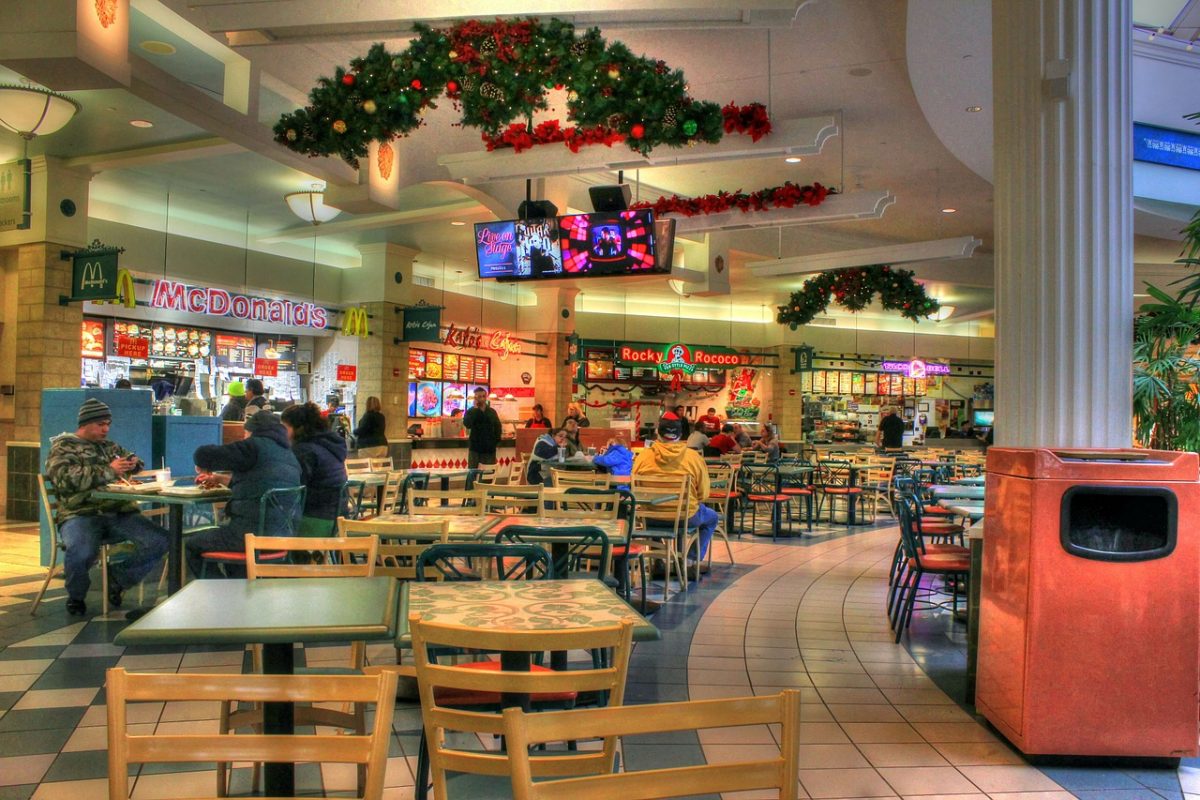Ground Zero in the Retail Apocalypse: Malls and Mall Analytics
Ground Zero in the Retail Apocalypse: Malls and Mall Analytics
By Gary Angel
|March 14, 2017

Overbuilt. Underused. Under-siege. Mall traffic has declined precipitously in the last decade and the need to aggressively drive traffic via better experience is a matter of plain survival. That need for traffic has led to dramatic changes in the way malls are designed and executed – making them more experiental and less anchored. But if you can’t measure the impact of an experience by segment, how you can possibly drive continuous improvement?
Malls are a hybrid case of physical location measurement: a large public space but one in which elements of store tracking are clearly present. Of course, most malls already have a basic counting infrastructure. They track the high-level flow of customers and can help individual stores evaluate their overall share as well as document the populations they deliver.
But with the way malls are changing, there are opportunities and new uses for customer journey tracking that can dramatically improve mall analytics. Not only are malls becoming more experiential, anchors are becoming more diverse and traffic patterns more complex. These days, it really isn’t good enough to understand broad traffic patterns without being able to segment and group customers meaningfully. To really optimize experience and design, you need to know more than how many customers passed through. You need to understand what customers did, in what order, and in what combinations.
Fortunately (because this is a big cost driver), Malls don’t require high positional accuracy in measurement. But they absolutely require the ability to track journeys and define segments. Zone counting just won’t cut it. It’s critical to be able to measure experience usage and tie that to actual store visits and to USE that knowledge to continuously tune experiences. It’s just as important to be able to track over-time usage of the malls. A lot of interesting store analytics happens at the visit level. Visitor is far more important for a mall evaluating experience drivers. If the key metric being optimized is repeat visits and you can’t track that, what’s the point?
Finally, malls are like stadiums in that they can expect reasonable rates of wifi access and have increasingly focused on building out CRM and digital marketing efforts to drive traffic. Adding tracking data to that equation delivers far better segmentation and relevancy (and segmentation and relevancy determine success) and makes it possible to bring straightforward remarketing techniques to bear on your customer marketing. It’s no surprise that we see so many re-marketing display ads these days. It’s the only form of display that even remotely works. Re-marketing based on store visit is a big shot in the arm to mall CRM relevancy and a great way to build partnerships and deliver added value from mall analytics. And, as an added bonus, you get dramatically better insight into whether or not those CRM efforts are actually working!
Key Questions
- How do mall anchor experiences draw and how do their users interact with the rest of the mall?
- How do changes in experience impact store usage and success by segment?
- What shopping segments exist and how can segmentation be used to maximize CRM relevancy?
- What experiences create return visits & increased over time consumption?
- What experience data can be used to optimize digital communications?